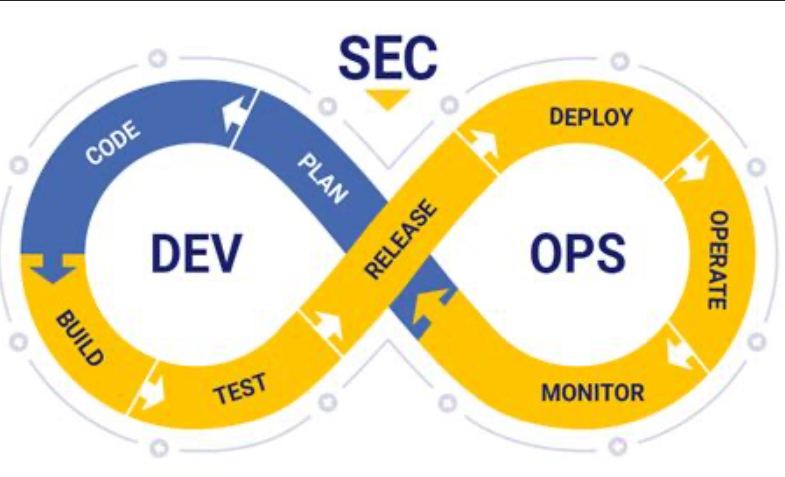
Since its inception in 1993, NVIDIA has revolutionized the computing industry with its groundbreaking graphics processing units (GPUs) and advancements in artificial intelligence, gaming, and data science. Let’s embark on a journey through the history of NVIDIA, tracing its remarkable evolution and contributions to technology.
### The Beginnings: Founding and Early Years
 NVIDIA Corporation was founded in April 1993 by Jensen Huang, Chris Malachowsky, and Curtis Priem, all of whom shared a vision of leveraging GPU technology for transformative computing experiences. The company initially focused on the design and development of graphics chips for gaming and professional markets.
NVIDIA Corporation was founded in April 1993 by Jensen Huang, Chris Malachowsky, and Curtis Priem, all of whom shared a vision of leveraging GPU technology for transformative computing experiences. The company initially focused on the design and development of graphics chips for gaming and professional markets.
### Graphics Innovation and Expansion
In 1999, NVIDIA introduced the GeForce 256, the world’s first GPU, which set the stage for a new era in computer graphics. This landmark product paved the way for immersive gaming experiences and established NVIDIA as a leader in the graphics industry.
### Powering the Gaming Industry
Throughout the early 2000s, NVIDIA continued to innovate with the introduction of the GeForce series GPUs, delivering unprecedented graphics performance and realism to gaming enthusiasts worldwide. The GeForce FX, GeForce 6, and subsequent generations pushed the boundaries of visual computing, enabling developers to create stunningly realistic virtual worlds.
### Beyond Gaming: AI and Scientific Computing
In the late 2000s, NVIDIA expanded its focus beyond gaming to encompass artificial intelligence (AI) and scientific computing. The introduction of CUDA (Compute Unified Device Architecture) in 2007 unlocked the immense computational power of NVIDIA GPUs for parallel processing tasks, laying the foundation for breakthroughs in fields such as deep learning, high-performance computing (HPC), and autonomous vehicles.
### Transformative Technologies: Turing and Ampere Architectures
In recent years, NVIDIA has continued to push the boundaries of innovation with its Turing and Ampere GPU architectures. These architectures, powering the GeForce RTX and NVIDIA A100 GPUs, respectively, deliver unprecedented levels of performance, real-time ray tracing, and AI acceleration, revolutionizing gaming, content creation, and data center applications.
### Looking Ahead: The Future of NVIDIA
 As we look to the future, NVIDIA remains at the forefront of technological innovation, driving advancements in AI, robotics, autonomous vehicles, and more. With its commitment to pushing the limits of what’s possible, NVIDIA continues to shape the future of computing and inspire the next generation of innovators.
As we look to the future, NVIDIA remains at the forefront of technological innovation, driving advancements in AI, robotics, autonomous vehicles, and more. With its commitment to pushing the limits of what’s possible, NVIDIA continues to shape the future of computing and inspire the next generation of innovators.
Join us as we celebrate the remarkable journey of NVIDIA, a company that has transformed the way we experience and interact with technology, and stay tuned for the exciting developments yet to come.
For more information about NVIDIA’s history and products, visit [NVIDIA’s official website](https://www.nvidia.com/).
Chris@amberhill.biz





 In their iconic book “Lean Thinking” Womack & Jones identified 5
In their iconic book “Lean Thinking” Womack & Jones identified 5 

 much wringing of hands & gnashing of teeth over the impending closure of the Port Talbot steel works by Tata Steel. Politicians of left and right have dug out their Road Atlases & rushed over to be photographed consoling the poor sods who work there demanding they ‘Save our Steel’. The Government will promise a lot & deliver nothing. Labour will urge the re-nationalisation of the failing plant which is reportedly losing £1 million per day. So who would pay for that £365 million per year to save 13,500 jobs – The British taxpayer – the same taxpayer who would be moaning about the loss of their local library or maternity ward.
much wringing of hands & gnashing of teeth over the impending closure of the Port Talbot steel works by Tata Steel. Politicians of left and right have dug out their Road Atlases & rushed over to be photographed consoling the poor sods who work there demanding they ‘Save our Steel’. The Government will promise a lot & deliver nothing. Labour will urge the re-nationalisation of the failing plant which is reportedly losing £1 million per day. So who would pay for that £365 million per year to save 13,500 jobs – The British taxpayer – the same taxpayer who would be moaning about the loss of their local library or maternity ward.
 David Bowie was undoubtedly one of the greatest & most influential musicians & artists of the 20th Century – so what did he teach us about Innovation.
David Bowie was undoubtedly one of the greatest & most influential musicians & artists of the 20th Century – so what did he teach us about Innovation.